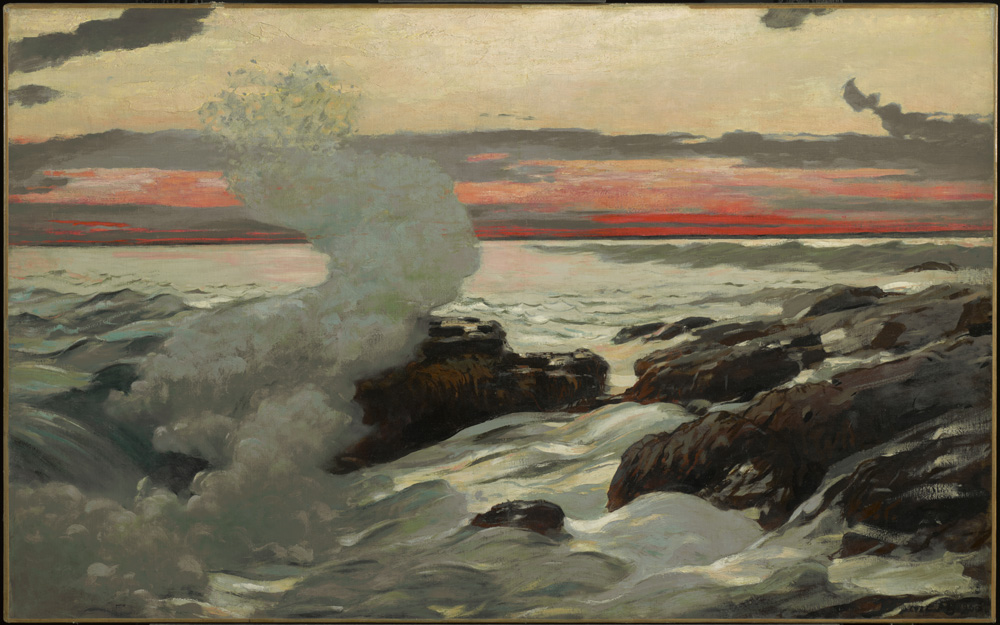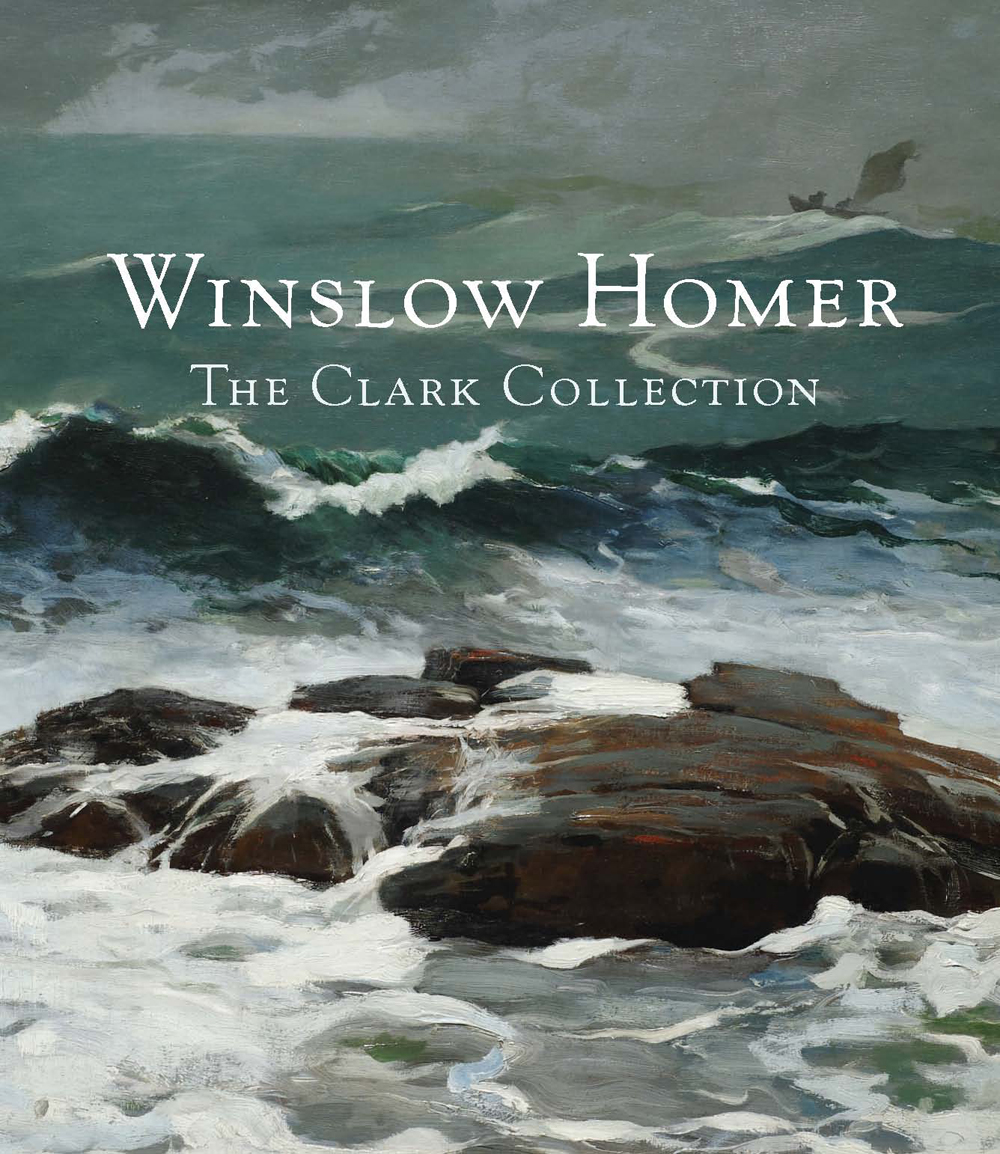
JUne 9–September 8, 2013
Exhibition Paintings

West Point, Prout's Neck, 1900
Homer’s paintings are constructions of his imagination. Even so, the early genre scenes convey specific facts about identifiable sites and document the era’s costumes and activities. The later landscapes display truths gleaned from his close observation of Prout’s Neck, Maine, and the sometimes dramatic effects there of sea and sky.
Sterling Clark collected his Homer paintings over the course of four decades. From the time of his first acquisition of Homer’s work in 1915 through his last purchase in 1955, Clark consistently took advantage of opportunities in the art market that have not recurred. This sustained interest—and the fact that Clark bought, sold, and then, decades later, repurchased the painting Eastern Point—reveals his continuing commitment to Homer’s art. Clark’s prescience, good fortune, and willingness to pay ever-increasing prices for Homer’s exhibition paintings all reflect Clark’s own taste, the revival of Homer’s reputation, and a growing appreciation of American art by collectors, scholars, and museumgoers.

